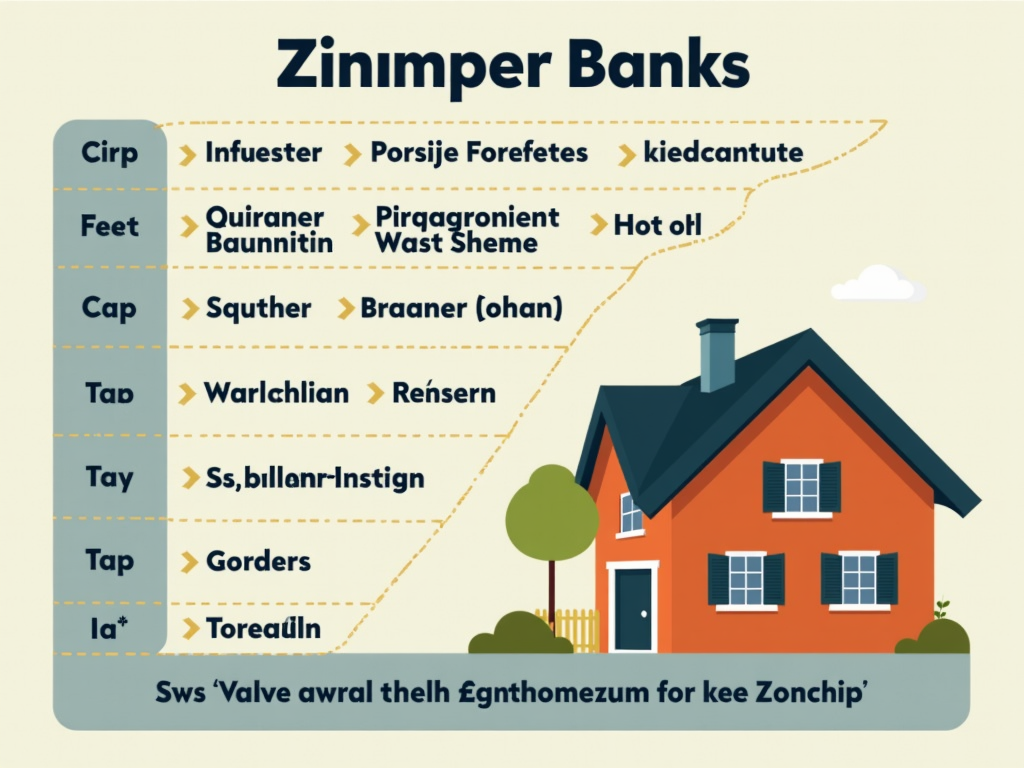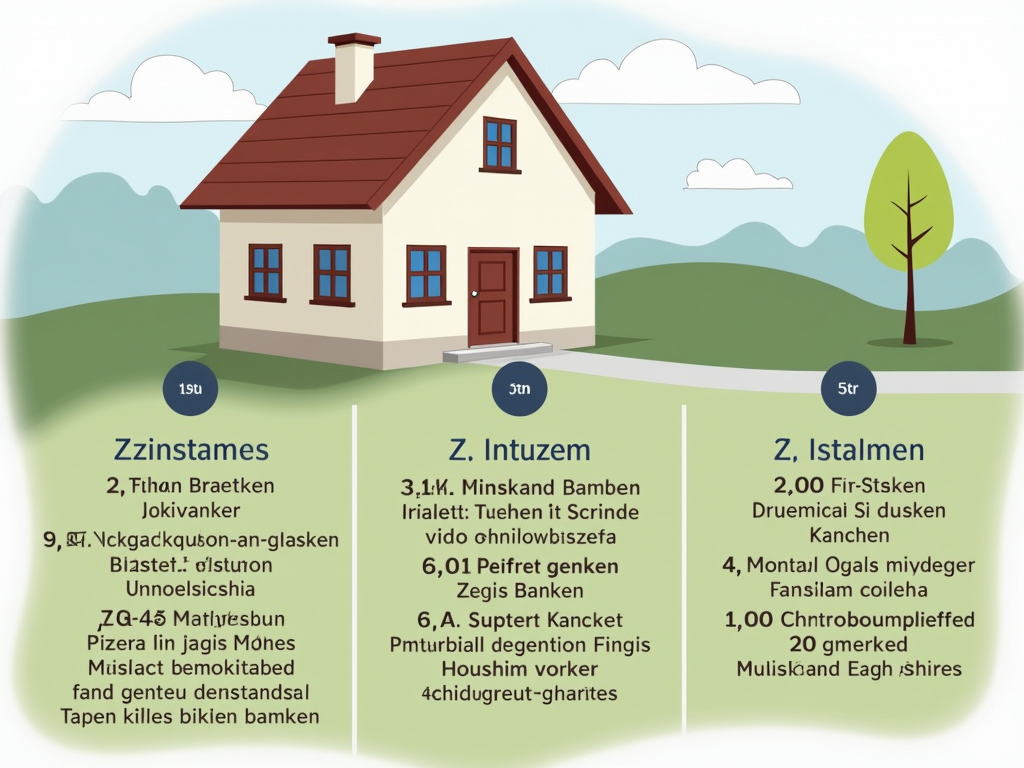The dream of owning a home is a life goal for many people. However, without adequate building financing, this dream can quickly turn into a nightmare. A solid base of equity and smart use of interest rate comparisons are the key to a successful start. At the same time, you should avoid pitfalls and consider government financing options to reduce costs and optimize financing. In the following chapters, you will discover how to realize your dream of home ownership without falling into financial traps.
Equity and Interest Rate Comparisons: The Key to Successful Building Financing

The dream of home ownership begins with a solid foundation of building financing, primarily influenced by two decisive factors: equity and interest rate comparisons. To ensure favorable conditions and reduce risks, careful planning is essential.
Equity: The Basis for Favorable Conditions
An essential component of building financing is equity. It is optimal if the equity covers not only additional costs, such as property purchase tax and notary fees, but also at least 20% of the purchase price. This minimizes risk from the bank’s perspective and can secure better interest rate offers. Sources of equity can include savings, building savings contracts, or even securities. It is also important to have an emergency reserve of two or three monthly salaries to easily handle unforeseen expenses.
Interest Rate Comparison: The Key to Long-Term Savings
As important as equity is the comparison of interest conditions from different banks. Currently, the best building interest rates are around 3.3% for a ten-year lock-in period and about 3.6% for twenty years. Choosing the correct lock-in period is crucial to benefit long-term from low rates and gain security in planning. When comparing banks, also consider factors like creditworthiness and processing times for quickly receiving a binding loan commitment.
With a high repayment share, you can reduce the loan duration and significantly lower the total interest burden. This strategy is particularly advantageous during periods of low rates. Additionally, government financing programs such as KfW or regional programs can assist with building financing. They offer reduced-rate loans or subsidies that can further alleviate your financial burden.
A prudent use of equity and careful selection of interest conditions form the foundation of successful building financing. By paying attention to these aspects, the path to home ownership becomes not only more manageable but also economically sustainable.
The Secret to Successful Building Financing: Avoiding Mistakes and Utilizing Benefits

Investing in your own four walls is an important step in life for many people. However, the path to achieving this comes with some pitfalls that must be avoided. One of the most common causes of financial difficulties along this way is insufficient financial planning. Careful planning starts long before finding the perfect property. Set realistic goals regarding the monthly burden and the total loan duration. Only when you are clear about what you can afford does it make sense to start seriously looking for a property.
Another crucial aspect is the amount of equity. Abundant equity can not only ensure better conditions but also reduce the necessary loan amount. Ideally, your equity covers the additional costs and at least 20% of the purchase price. Without a solid financial foundation, you risk unfavorable loan conditions that can prove costly in the long run.
There is often the temptation to accept the best loan offer. However, choosing the wrong loan can be expensive. A thorough comparison of different loan offers is essential. When comparing, consider not only the interest rates but also the total cost of the loan over time. Remember that a repayment rate that is too low can significantly extend the loan duration.
A golden rule in real estate purchasing is to utilize government financing programs. The Reconstruction Loan Corporation (KfW) offers attractive subsidized loans, particularly for constructing energy-efficient homes or for renovations. These loans are often available on favorable terms and can be combined with other programs to maximize the support received. The Federal Office for Economic Affairs and Export Control (Bafa) also offers financial incentives, for example, through energy consulting contributions or support during renovations.
Long-term planning is essential. Consider your future life plans – whether it’s about family growth or retirement – in your financing decisions. Flexibility in managing loan repayments can help better handle unforeseen expenses or life changes. Independent financial advice is greatly beneficial for developing a custom financing strategy.
In summary, careful planning, combined with the optimal use of government benefits, represents the key to successful and sustainable building financing. This way, you minimize financial risks and move closer to your dream of home ownership with a solid and well-founded plan.